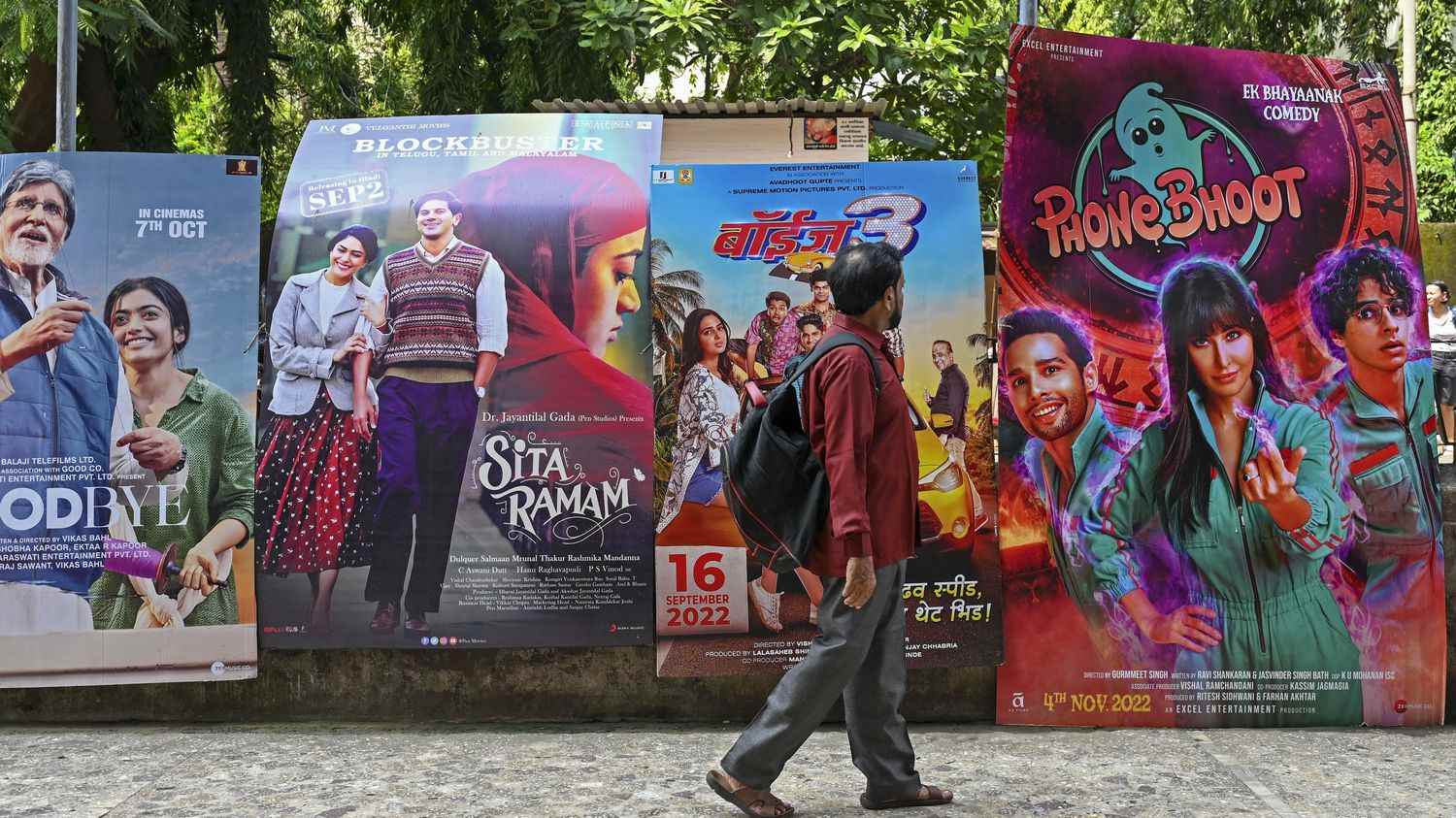The Bollywood film industry, an integral part of India’s cultural identity, is facing a historic economic crisis. In question: the foreign streaming platforms and the productions of the South which overshadow it. The cinemas of Bombay, whose receipts remained at half mast after the confinements linked to the Covid, draw the curtain one after the other. “We have never had a worse crisis“says Manoj Desai, an old cinema owner in Bombay.
Bombay, the South Asian giant of 1.4 billion people, produces an average of 1,600 films a year, more than any other country in the world. Until now, Bollywood films have attracted crowds, who, revering the stars as gods, flocked to the premieres in large numbers.
But the last three blockbusters starring Akshay Kumar have all been flops. Aamir Khan, the face of India’s most popular films, also failed to win over audiences with Laal Singh Chaddharemake of Forrest Gumpwhich he produced.
In contrast, several Telugu-language (Tollywood) films in South India, competing with Bollywood’s Hindi-language cinema, rise to the top. Half of the revenue from Hindi films, between January 2021 and August this year, was made by films from the South dubbed into Hindi, Soumya Kanti Ghosh, chief economic adviser at the State Bank of India, pointed out in a recent report. .
“Bollywood (…) seems to be reaching an inflection point, the nature of which differs from previous disturbances.bations”, according to Soumya Kanti Ghosh. The rise of online platforms had already dealt it a blow before the pandemic, which was further accentuated with periods of confinement.
About half of India’s population has internet access. Local and foreign streaming services such as Netflix, Amazon Prime and Disney+ Hotstar have 96 million subscribers, according to a government estimate. Some films launched after confinement were broadcast on platforms, while others landed on TV just weeks after their theatrical release. The cost of a monthly subscription to a streaming service is barely more than a single cinema ticket at 100-200 rupees (1.20-2.50 euros).
The population has taken a liking to local and international streaming content, to films in regional languages such as Telugu, Tamil, Malayalam or even in Kannada from the south of the country, to which they now have access. “Regional cinema did not travel beyond its borders. But suddenly everyone accesses Malayalam or Maharashtrian cinema and realizes that their filmmakers tell more interesting stories“, explains the critic Raja Sen. “And when a star-studded Hindi blockbuster is released, a retelling of a story heard a million times, the public is hardly impressed“.
Critics also criticize Bollywood for its niche or elitist films for city dwellers in a country whose population is 70% rural. In a press interview, Aamir Khan admitted that the “choices that seem relevant to Hindi filmmakers are probably not relevant to the general public“. In contrast, the rise of Tollywood with films like Pushpa: The Rise and RRR which speak of the people, with neat images and songs and dances that have nothing to envy to Bollywood, tends to demonstrate that the South is doing more and better.
“To draw people into theaters, we need to create a storytelling experience that doesn’t happen at home.“, believes Akshaye Rathi, operator of several cinemas. A superstar at the top of the bill no longer guarantees success. The film must also be good. However, according to spectators interviewed by AFP in front of a cinema in Bombay, the real problem is the quality of films, which too often fails.
